Pay attention in Social Studies class and you'll know that MNCs played a huge part in jumpstarting our economy. However, our brush with MNCs started much earlier. 200 years earlier, to be precise.
Famed founder of modern Singapore, Stamford Raffles, was already part of one of the biggest international companies at that time, the East India Company (EIC), which had a strong foothold outside of Europe in territories such as India, Burma, Malaya and China.
As part of Raffles’ job to go out in search of more trade for the EIC, the Company turned its sights to the East (of India) – Southeast Asia – a region which at the time was largely managed by the Dutch.
Suffering from a serious case of FOMO, the British were not content to let the Dutch enjoy all the benefits from controlling the East Indies. So, they decided to send their own man to grab a slice of that lucrative pie.
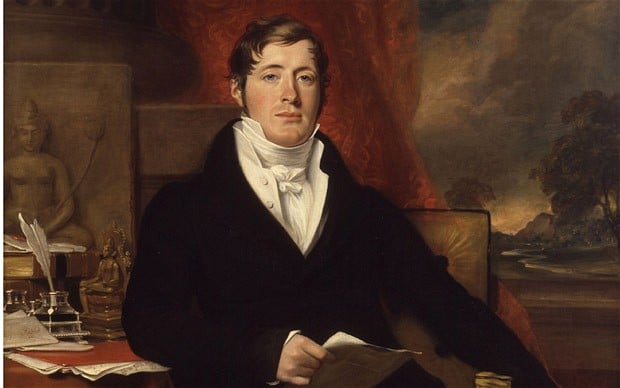
You might know this dude. Source.
As the story goes, in his search for new lands, Raffles found this tiny island at the end of the Malay peninsula. He was smitten with it. The location was great for a British trading port because it sat on a very convenient route between India and China, but more importantly, the island was untouched.
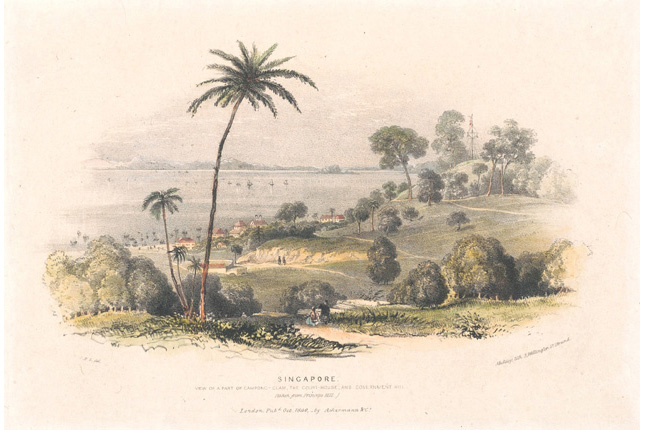
Right time, right place. Source.
Lesson #1: Don’t ask, don’t get
To set up shop, Raffles had to negotiate with the Sultan of Johor for a small piece of land on the island.
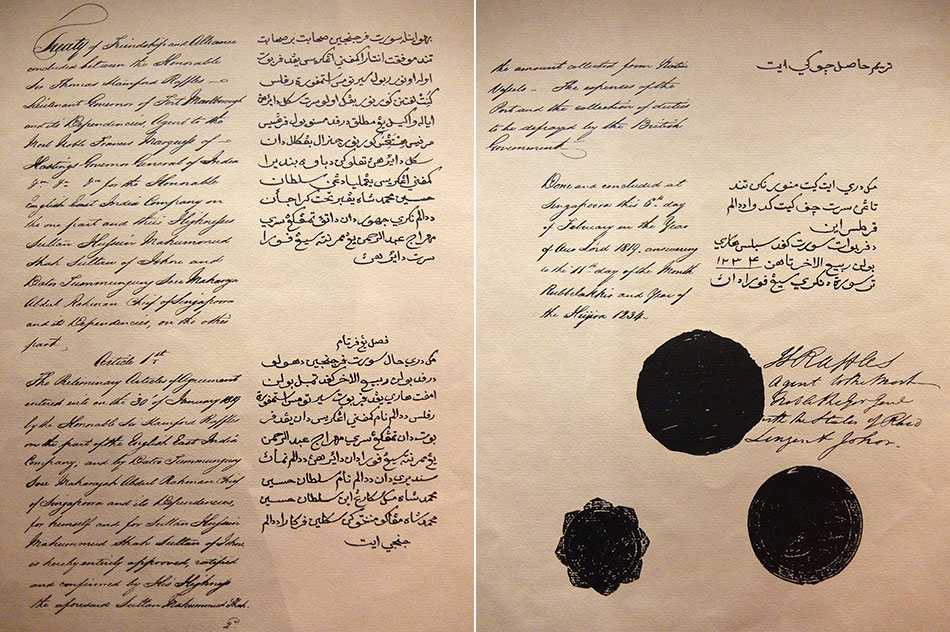
Reproduction of 1824 Treaty of Friendship and Alliance. Adapted from source.
The then-Resident of Singapore, John Crawfurd, persuaded the Sultan into transferring the entire island (except the land they lived on) as well as his political powers to the British. In return, the Sultan and Temenggong received a monthly allowance for life, as well as a lump sum of 20,000 Spanish dollars each. This pact was solidified in the ironically-named Treaty of Friendship and Alliance.
And that foresight and gumption, friends, is how Singapore’s first MNC set the foundations for what was to become a hugely successful port city.
Lesson #2: Buy low and grow
The money the EIC paid for the island would have been deemed a good investment. The EIC’s operation of the free port made itself (and Singapore) a huge amount of money.
How much? Just 2 years after the free port started, the Company saw $8 million worth of trade pass through the port. By 1825, the trade volume was worth $22 million. In today’s terms, that’s a whopping $440 million. No joke.
To put things into perspective, that amount of money would have made you one of the top richest people in the world back then. For context, $400 million was the amount of trade that ASEAN conducted with Botswana in 2015.
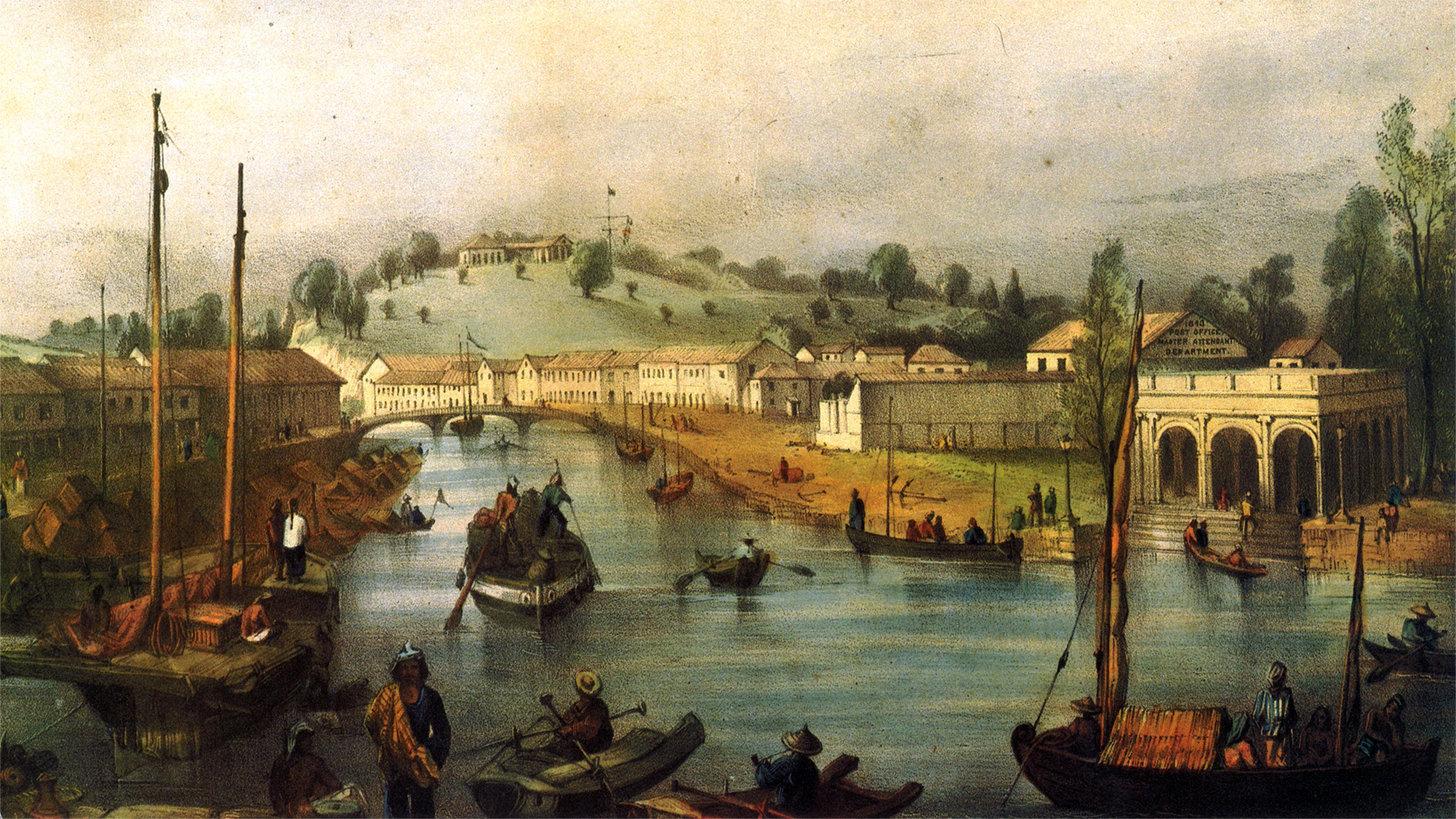
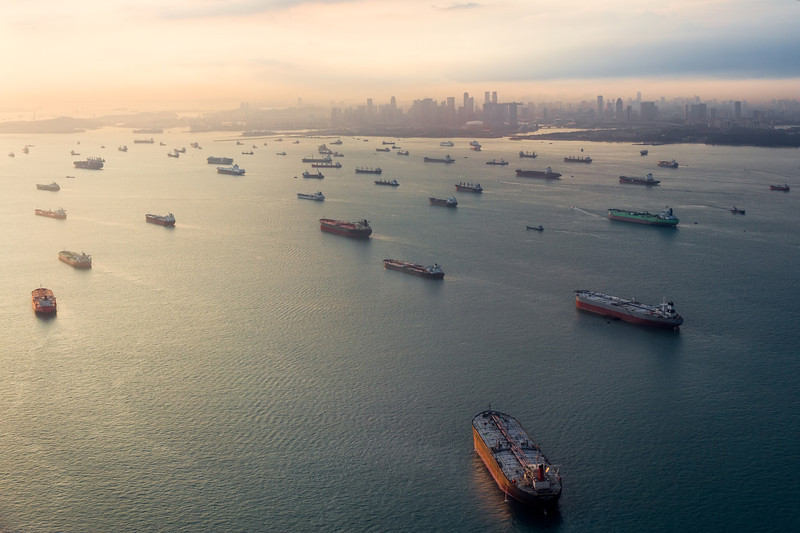
Cargo boats and ships bringing trade to Singapore then and now. Pictures taken from here and here.
Lesson #3: See the possibilities beyond
As an MNC, the EIC was extremely outward-looking and international in its operations. This meant that all kinds of goods, from porcelain to silk, wood, and stuff we never had before, came in from all over the world – Indo-China (presently Cambodia, Laos, and Vietnam), Thailand, the Malay Peninsula, Indonesian Archipelago, India, China, and Europe – and went through the port of Singapore. This mantra still carries on into the modern era - Singapore is the undisputed oil hub in Asia despite not possessing the resource naturally.

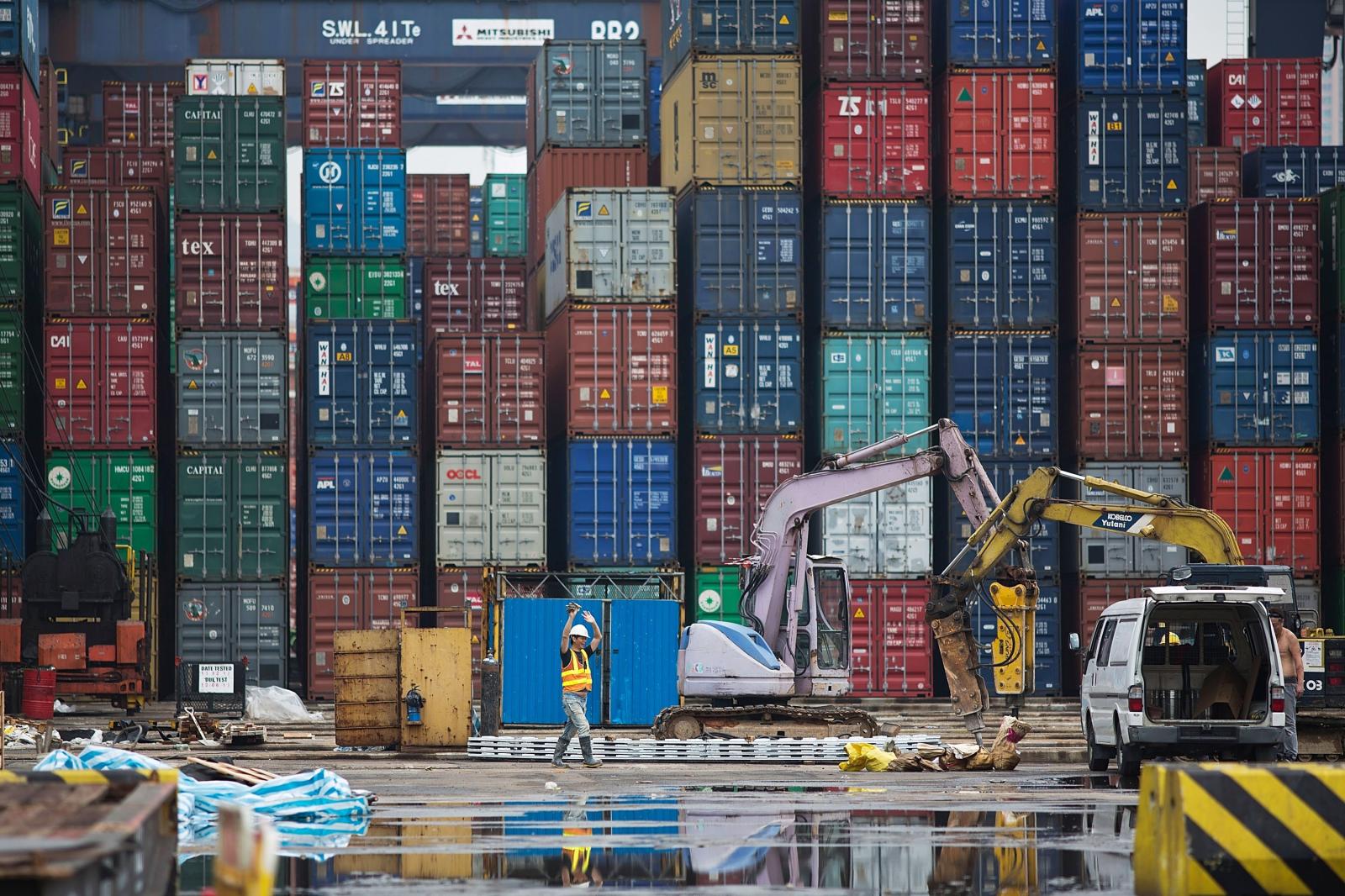
Dock workers then and now. Images taken from National Archives and here.
Since manpower was needed to deal with the immense amount of business along Boat Quay, there were a lot of jobs on the docks to go around. Services catering to shipping traders also popped up along the river.
And just like how global MNC Google's recently opened Singapore office is a 'kampung' for locals and foreigners alike, the port city of Singapore by the mid 1800s was a melting pot of immigrants and locals - 60,000 people to be exact.
Lesson #4: Play to your strengths
As they say, the rest is history. From relying solely on good location and with the help of institutions such as the EDB, Singapore continued to attract various MNCs by building world-class infrastructure (like our Tanjong Pagar Port) and transforming itself into a global logistics hub that was ranked number one in Asia in the 2014 Logistics Performance Index by the World Bank.
And with its prime location and experience accumulated since the EIC era, Singapore now houses 20 of the top 25 global logistics companies such as DHL, Kuehne + Nagel and DB Schenker.
Lesson #5: Plan for the long haul
Because of the legacy of the free port and the long-term commitment of other MNCs that followed, the Port of Singapore now plays host to many world-class companies like Kline and Hapag-Lloyd, which continue to attract trade, provide skilled jobs to our port workers, and constantly help us strive to be number one.
Those old enough will also remember how firms like Shell and Philips - which continue to have an active local presence today - also played a major role in providing manufacturing jobs to Singaporeans during our early independence years.
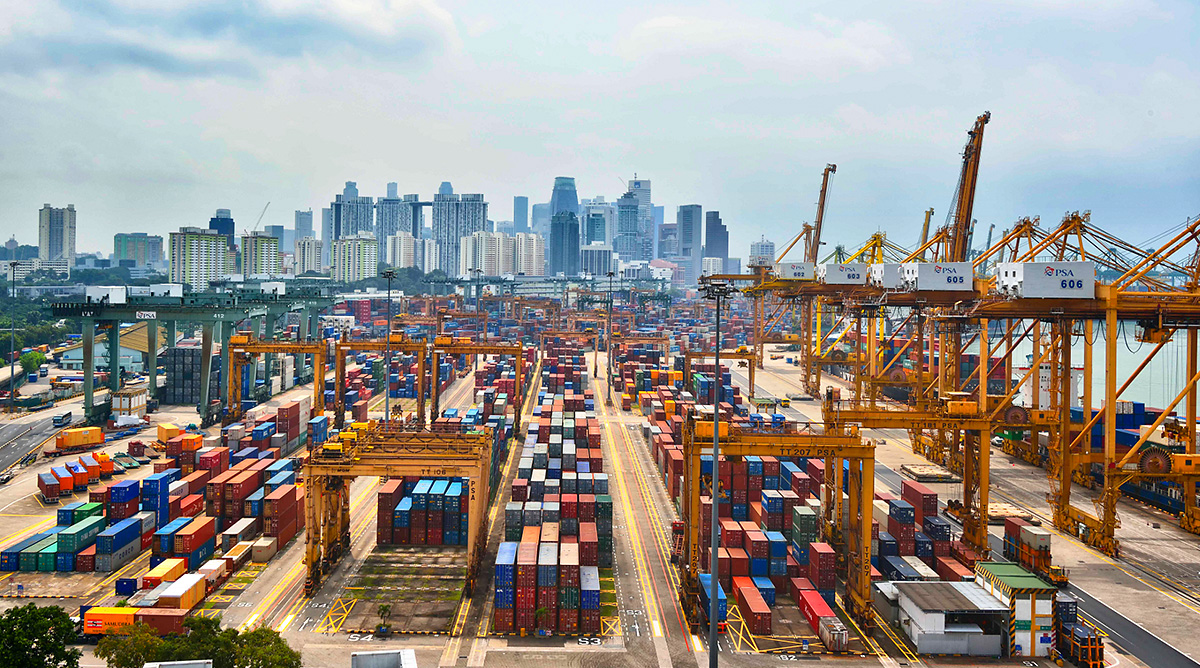
World class, first class. Source.
So today, remember that all these might not have been possible, if the EIC did not see the potential in Singapore more than 190 years ago.
This is the first in a series of posts about #SGMNCs and their contributions to our little red dot, and fuels Mothership.sg so we can ourselves dream of becoming one.
Other articles in the series:
6 times S’pore toyed with food and made a global impact
5 life-saving inventions that were developed in the country you least expected - S’pore
Top photo from here.
If you like what you read, follow us on Facebook and Twitter to get the latest updates.
If you like what you read, follow us on Facebook, Instagram, Twitter and Telegram to get the latest updates.